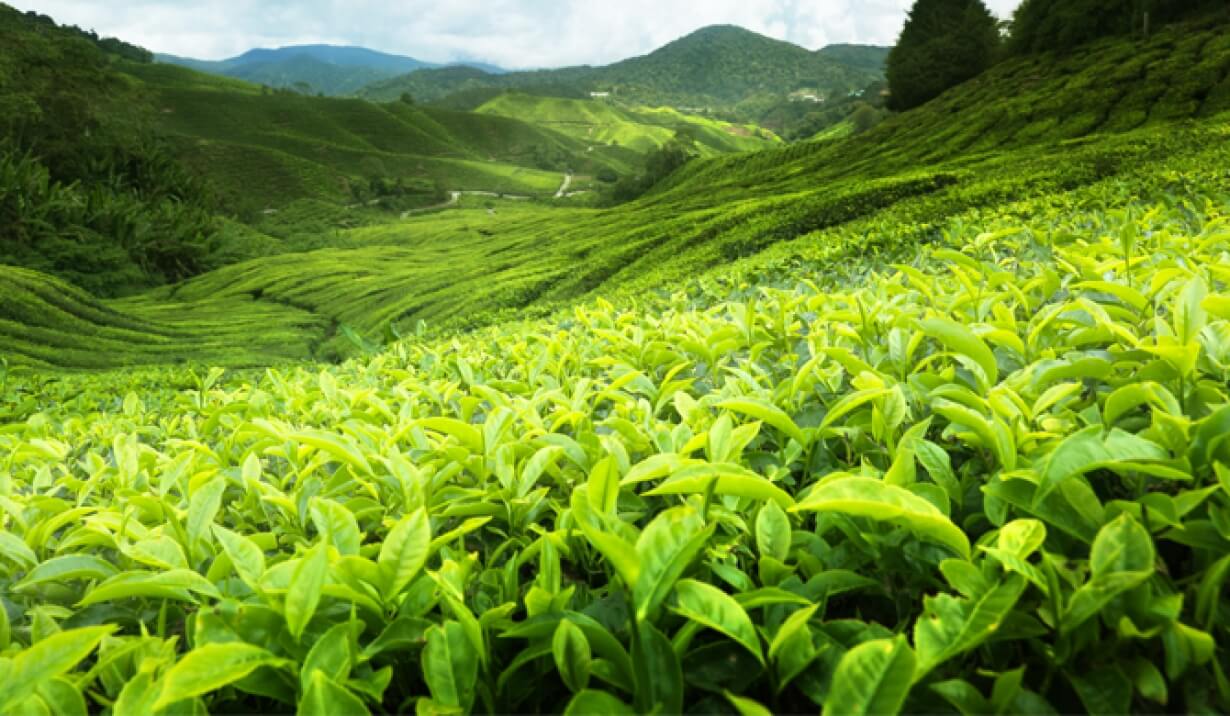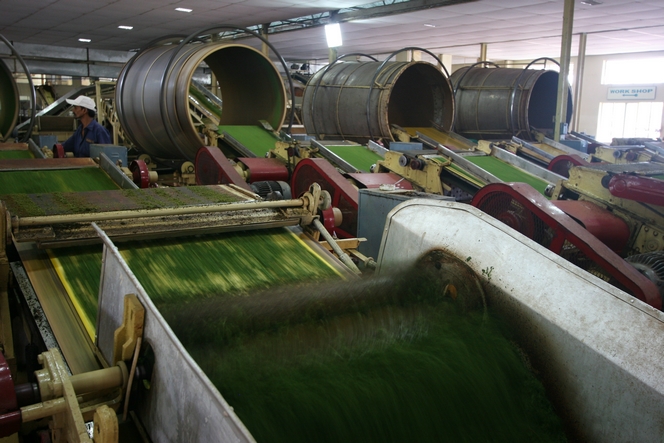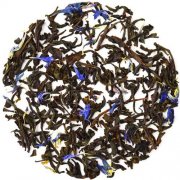Which variety of black tea is the best to drink? what kinds and brands of black tea are suitable for whom to drink?
Black tea is the most popular tea in the world at present. In the United States, it accounts for about 80% of tea consumption; most of it is made from iced tea. Some of the most popular mixed and seasoned teas are based on black tea. Including Earl Grey Tea, English breakfast, Irish breakfast, Indian tea, masala tea and so on. Traditionally, black tea is produced in China, India and Sri Lanka (Ceylon); however, due to global demand, some countries now produce black tea. Like Argentina (60% of black tea is imported to the United States), Kenya, Rwanda, Malawi, Indonesia, Vietnam, and many other countries.
Although you might say that most teas are classified according to their place of origin; black tea is especially true. This is because each country produces a completely different style of black tea, and now there are too many countries to choose from. The soil of each country plays a key role in the characteristics of tea and the taste of tea. Terroir refers to the climate, soil, altitude and latitude in which tea grows. Other factors that affect the soil, to a lesser extent, include: cultivation methods, plant materials (varieties), growing season, picking types, and historical practices. In order to further distinguish the tea from each country, the manufacturer can use one or more descriptors in the name.
The above mentioned may include:
Regional name: usually refers to the state or province where the tea is produced (Qimen, Yunnan, Nilgiri, Assam, etc.).
Name of the manor: the name of the tea producer who processed the leaves (Bogawantalawa, margaret & # 39, s Hope, Glenburn, Dilmah, etc.).
Tea season or leaf core: the leaf core refers to two new leaves and a leaf core on the tea tree. Camellias are tea leaves picked from tea trees. Some countries have tea picking season only a few times a year, while others pick tea every few months. (spring picking, summer picking, autumn picking, monsoon picking, etc.)
Altitude: refers to the altitude at which tea is planted. (low, medium, high altitude, etc.)
Tea grading: the British invented a method of grading tea, using the orange white tea (OP) grading system. Today, most countries adopt this classification system for black tea. (OP, BOP, BOPF, F, FOP, etc.)

Baimao orange has nothing to do with citrus flavor, it is a term used to define the grade of the largest tea. The grade of tea has nothing to do with quality, but with the size and appearance of tea. The most likely source of the name is:
The Orange Nassau dynasty of the royal family of the Netherlands: the Dutch East India Company played a central role in bringing tea to Europe and may have sold tea as a "Orange" to imply royal authorization.
It comes from the transliteration mispronunciation of the word "Baimao tea" in Xiamen dialect. In 1819, Reverend Robert listed "Bai Hao" as one of the seven kinds of black tea "widely known to Europeans" in his Chinese dictionary. Bai Hao refers to the feathery white "hair" on the leaves and the tender leaf buds.
It should be noted that not all black teas are the same. To put it simply, there are two main types of black tea. Some countries produce both, while others produce either one or the other. For fine tea, the only type of production is called orthodox processing. These teas are processed by hand or simulated by machine, and the leaves are kept very carefully. For commercial tea, the main type of production is called CTC (Extrusion, tear and Curl). It uses machines to make tea and crush, tear and roll it into even-sized pieces.

Black tea production was first developed by the British in India, then in Sri Lanka, and eventually used in other countries, only slightly differently. Black tea is first picked by Bush, withered-usually in huge troughs, gently rolled by machines, bruised leaves, given the shape of the leaves, oxidized for hours to turn the green leaves into brown shadows, shot to stop the oxidation process, and then divided into sizes and shapes.
Many reports and articles say that green tea is good for health because it contains antioxidant polyphenols such as EGCG. What most people don't realize is that black tea is as healthy as green tea. It's just that there are more studies on green tea than black tea. In fact, all teas contain antioxidant polyphenols. In black tea, polyphenols combine with oxygen (in the oxidation process) and polyphenol oxidase to produce oxidized polyphenols. There is no EGCG in black tea, but theaflavins (TF) and lycopene (TR). So, if you are a black tea lover and drink green tea only because you think green tea is healthier, then now you know that your favorite black tea is just as healthy for you.
Important Notice :
前街咖啡 FrontStreet Coffee has moved to new addredd:
FrontStreet Coffee Address: 315,Donghua East Road,GuangZhou
Tel:020 38364473
- Prev

How do you make coffee with a large amount of powder? V60 big filter cup 02 how to use? Make a few cups of 30 grams of coffee powder
Qianjie products always use 1-2 person filter cups, and the powder quantity standard has been controlled at 15g, so all Qianjie hand flushing teaching is based on the standard of 1 person (one cup). Recently, a friend asked, how to make 2-3 cups of coffee at a time? When the partner asks this question, it shows that the partner has some experience in brewing coffee for one person, and also
- Next

Earl Grey Tea how to drink well and brew the right water temperature time suggestion on the taste and flavor of Earl black tea
Sweet, floral, sour and bergamot bitter aromas blend perfectly with strong and sweet black tea with malt. For some people, flavored black tea is easier to taste because it masks the astringency or bitterness that may be emitted by soaked tea. For others, flavored tea is just a more interesting and exotic way to drink tea, used to explore the taste of all kinds of tea. All over the world
Related
- Beginners will see the "Coffee pull flower" guide!
- What is the difference between ice blog purified milk and ordinary milk coffee?
- Why is the Philippines the largest producer of crops in Liberia?
- For coffee extraction, should the fine powder be retained?
- How does extracted espresso fill pressed powder? How much strength does it take to press the powder?
- How to make jasmine cold extract coffee? Is the jasmine + latte good?
- Will this little toy really make the coffee taste better? How does Lily Drip affect coffee extraction?
- Will the action of slapping the filter cup also affect coffee extraction?
- What's the difference between powder-to-water ratio and powder-to-liquid ratio?
- What is the Ethiopian local species? What does it have to do with Heirloom native species?

